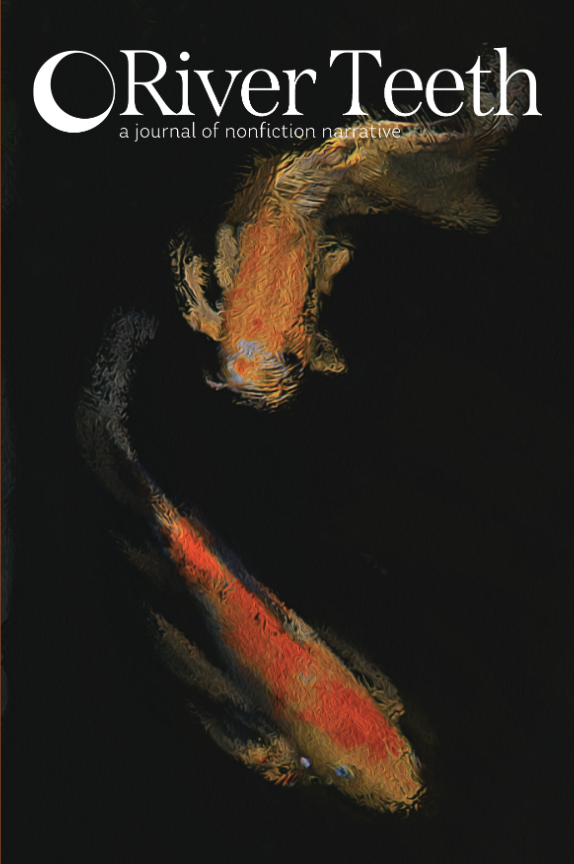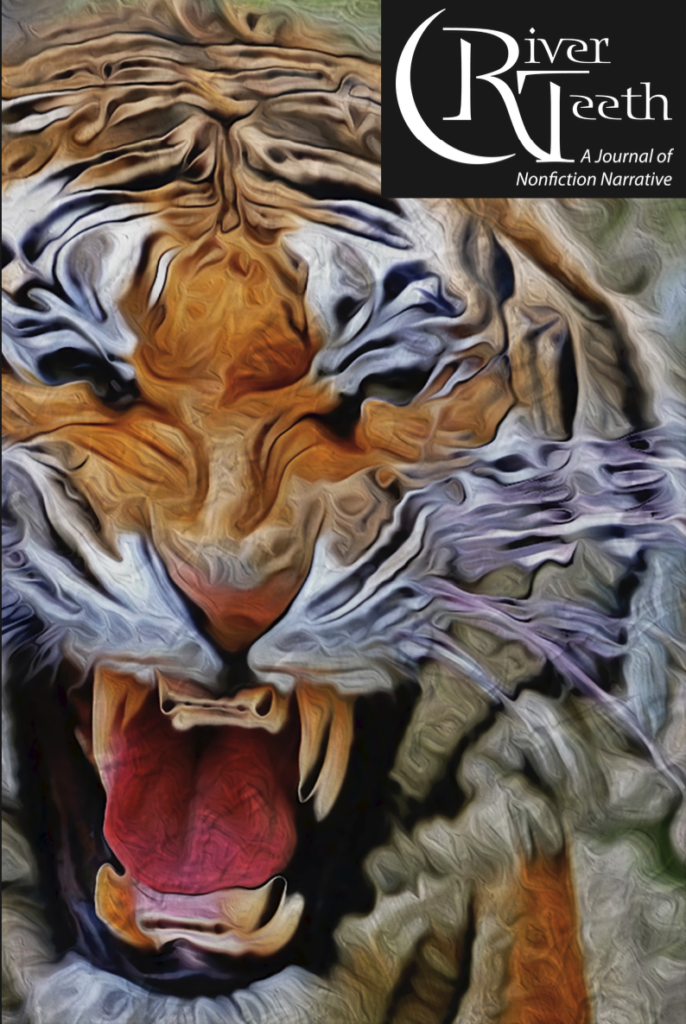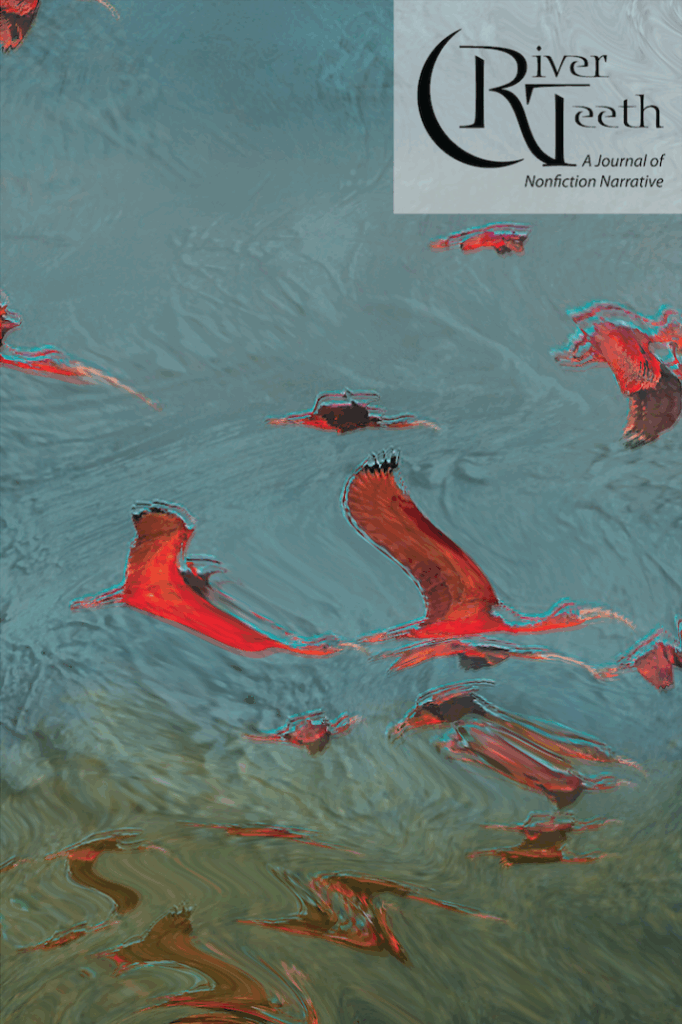By Daniel W. Lehman
Nonfiction narrative breathes in a realm where the indeterminacy of language meets the materiality of the human body. Therein lie most of the problems and nearly all of the potential for stories that seek to convey actual life in words and images. For language is slippery and often veiled. Your sense of it probably won’t be the same as mine. You will choose different words; you will chafe against mine. Together we agree that neither of us can capture the soul of the other in the text, yet nonfiction tempts us with the hubris to believe we might. And why are we tempted? Because a human body is precious. Because it is interesting and complex. Because it has stories to tell, hurts to grieve, joys to share. Because it can inform a text, but can never be contained by it. Because the mystery of that equation grabs us and won’t let go.
River Teeth probes the heart of human mystery in language. We print stories about actual people and events, written with the beauty of fiction, but with commitment to fact. And the evidence shows us that people are reading and listening.
We are now in our seventh year and counting, and it’s time to take stock.
The issue that marked the end of our fifth year is as good a place as any to start. It led with “Small Rooms in Time,” a piece by U.S. Poet Laureate Ted Kooser that probes the memory of a house where he once lived—a house where a boy died, where carpets were stained, where dreams faded. A bit further on, Sam Pickering spins another of his inimitable pieces in “Dog Days.” His dog George turns thirteen, and Sam ponders it all in the wash of gravel and dirt at the stock car track.
As it happens, you’ll have a chance to read both pieces again in Best American Essays—selected this year by Guest Editor Susan Orlean and Series Editor Robert Atwan. Forgive us if we feel a bit like a precocious kindergartenercutting up in a senior center. With two River Teeth essays among this year’s chosen, our journal joins the company of The American Scholar and is bested by only Harper’s and The New Yorker, a trio of our favorite publications whose combined longevity—ahem—dwarfs ours by a year or two.
Still, what really demonstrates the breadth of River Teeth is that these prize-winning pieces shared an issue with Walt Harrington’s “The Writer’s Choice”—an essay that stakes an unabashed claim for the primacy of the examined fact and for the sheer doggedness to track it down.
What does the icy wind feel like on a priest’s face? What color was the old Chevy you used to drive? What was the taste of your mother’s spaghetti sauce? What did the gunshot that killed your son sound like in the small room? And this is even before you begin to write—rendering scenes, selecting telling details, avoiding melodrama, shaping material without distorting it, aptly balancing the particular and the universal, imposing themes rightfully rooted in your reporting, structuring stories so insight emerges, action concludes, characters change, and tension is relieved.
This is the sort of work that the world’s best reporters have always done, and we believe our journal is a place where you find that sort of work in tandem with the brilliant writing that attracts the attention of Best American Essays or the Pushcart Prize.
Of the scores of pieces we read and review each year, we are looking for those that answer the challenge of language and truth, that make the effort to get it right, that explore the realm where words and lives collide.











